There lavender cutting is a simple and practical technique for multiplying a cultivated lavender plant in pots or in the garden. In practice, it is a question of taking twigs from a mother plant and making them take root in a new location. In general, as we have already seen, the cutting technique it allows you to have an unlimited number of plants, in this case lavender, and with these flowers we can then easily enrich our green spaces. Obviously, to make a cutting it is essential to choose the right period. For the rest, just a few tools and a few simple rules to follow and the game is done.
In this article we will see how to proceed step by step to make lavender cuttings.
When is the best time to take a lavender cutting?
There are two ideal seasons to take a lavender cutting, namely spring and autumn. In spring, especially from the end of March to mid-May, the lavender plants are in full vegetative activity and the cuttings will have a good chance of taking root. But don’t wait too long with the times, in June it’s already a bit late because of the heat.
In autumn you can take the lavender cutting after the flowers have been harvested, September-October depending on the area.
The choice whether to take the cutting in spring or autumn involves different treatments, but the technique is the same.
Where to cut to make a lavender cutting?
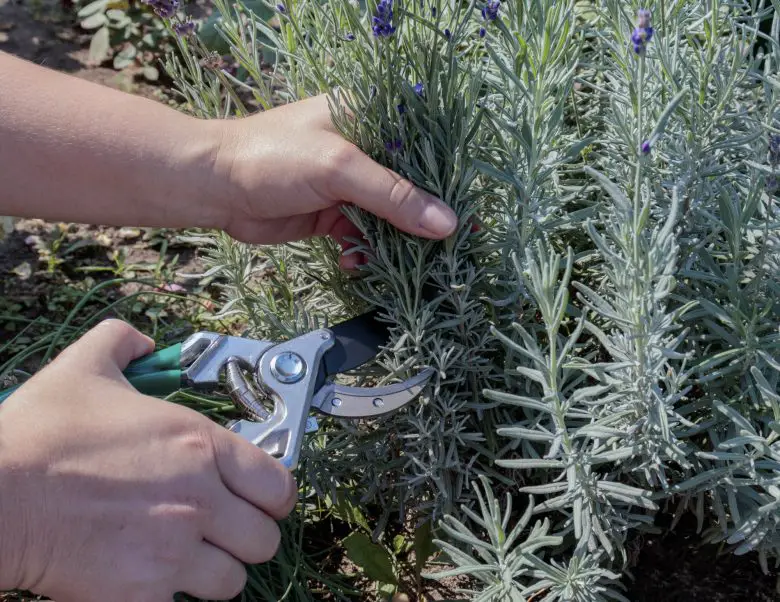
To make the cuttings it is advisable to use an adult mother plant (at least 2 years old), already well rooted and formed.
Lavender forms these upright, ascending stems; to make the cutting, choose a healthy one well covered with leaves, already lignified at the base and with a good semi-woody portion. The stem should be cut just above a new shoot, so that it can drive out and produce new vegetation. To do this, of course, you have to use a sharp scissors And properly disinfected. The length of the branch obtained should be 15-20 cm. From which we will get more cuttings.
How are lavender cuttings made?
Once the branch has been taken, we proceed with the preparation of the cutting. We cut a portion about 10 cm long with an oblique cut and sew it at the tip. We will then remove the leaves at the base of the cutting, leaving the stem uncovered for about 5 cm. In practice, at the end we will have a sprig with 1-2 tufts of leaves.
If the branch is long enough you can get other cuttings, always following the same cutting pattern.
Once we have obtained our lavender cuttings we will plant them in a suitable substrate.
- Cleaning of the basal leaves
- Topping at the apex of the lavender plant
- Potted lavender cuttings
Ideal substrate for cuttings
The lavender cuttings can be done in small pots, of 12-14 cm in diameter, in which we will insert more than one sprig. In fact, it is not said that all the cuttings root, so it is better to avoid wasting space and soil, considering that we can always divide the plants later. In the pot, the cutting will have the space available to grow before transplanting it into the garden. The ideal substrate for the cutting to take root should be composed of fine potting soil (like this one) garden with the addition of 15-20% of inert material such as perlite. A well-draining soil is essential for any cutting, as there is a need for constant humidity, but without stagnation and rot.
Rooted lavender cuttings in water
As an alternative to soil, to initially root our lavender cutting we can use water. The freshly cut and cleaned of leaves twigs can be placed with the base in a glass of water and left in a shady place. When the roots have sprouted, we can insert the cutting into the soil. This step is more expensive, but it allows us to know for sure how many cuttings have rooted and can be planted.
Exposure of the lavender cutting
The pot with the cuttings should always be exposed in a bright position, but somehow protected from direct sun in summer or, vice versa, from the cold in autumn-winter. Spring lavender cuttings can, for example, be kept on a balcony, where the sun comes late. In winter, if it is very cold, the cutting should be kept in one small greenhouse (similar to this one) or returned home and placed on a window sill, where the direct sun can instead be beneficial.
How to water a lavender cutting?
For good rooting, the soil should always be kept well moist. Obviously the watering must be adjusted according to the heat or the cold, but never let the earth dry out completely. Periodic nebulizations of water can be done on the spring cuttings.
When to plant lavender obtained from cuttings?
If the cutting was successful you will understand by observing if there is the recovery of the leaves, the elongation of the stem and the emission of new shoots. However, the young seedling can be left to grow in the original pot even for 6 months or 1 year. Let the root system develop adequately, when this has saturated the container, the plant will be ready for planting in the ground or in a larger pot.
In general, a lavender plant can be transplanted in early spring or autumn.

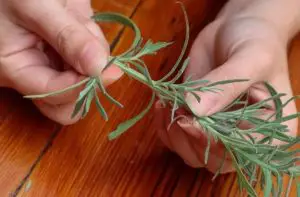
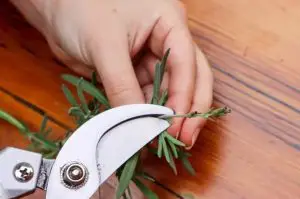
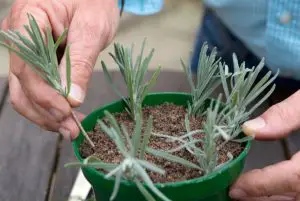
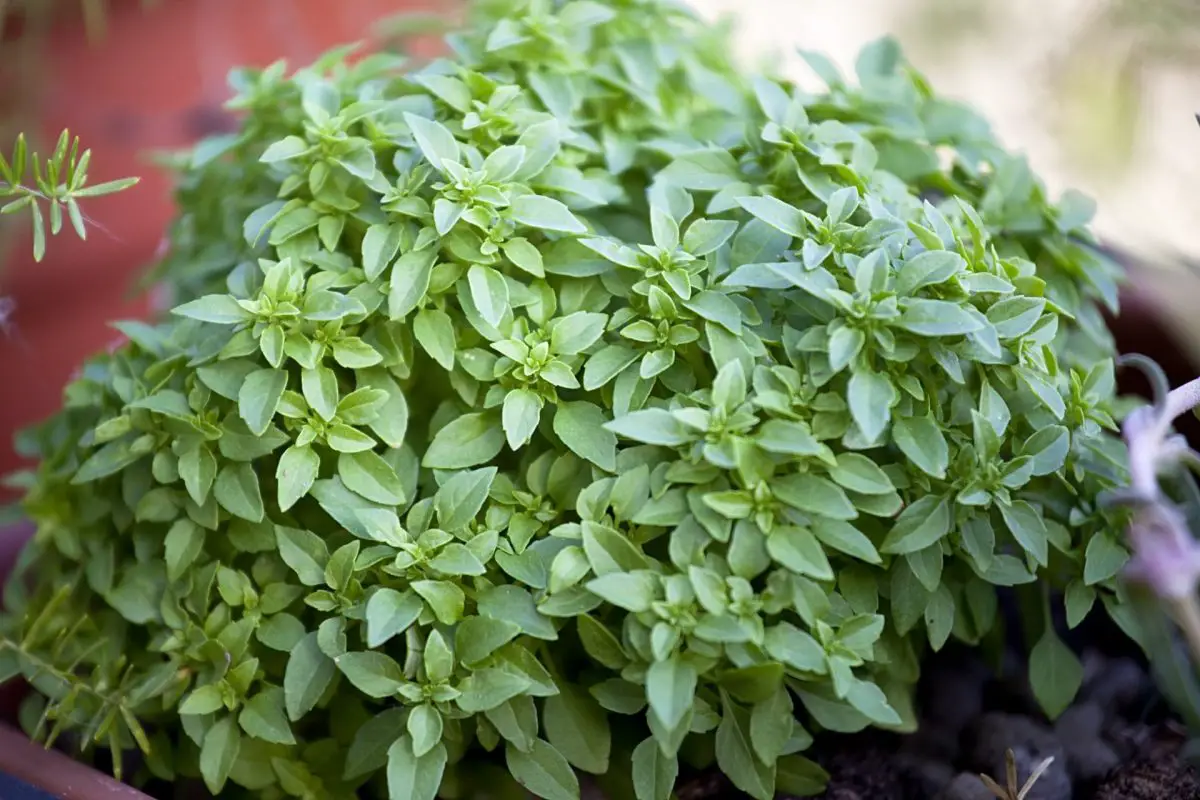

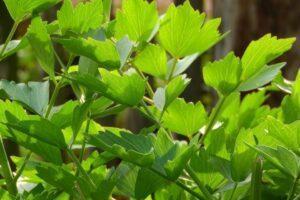
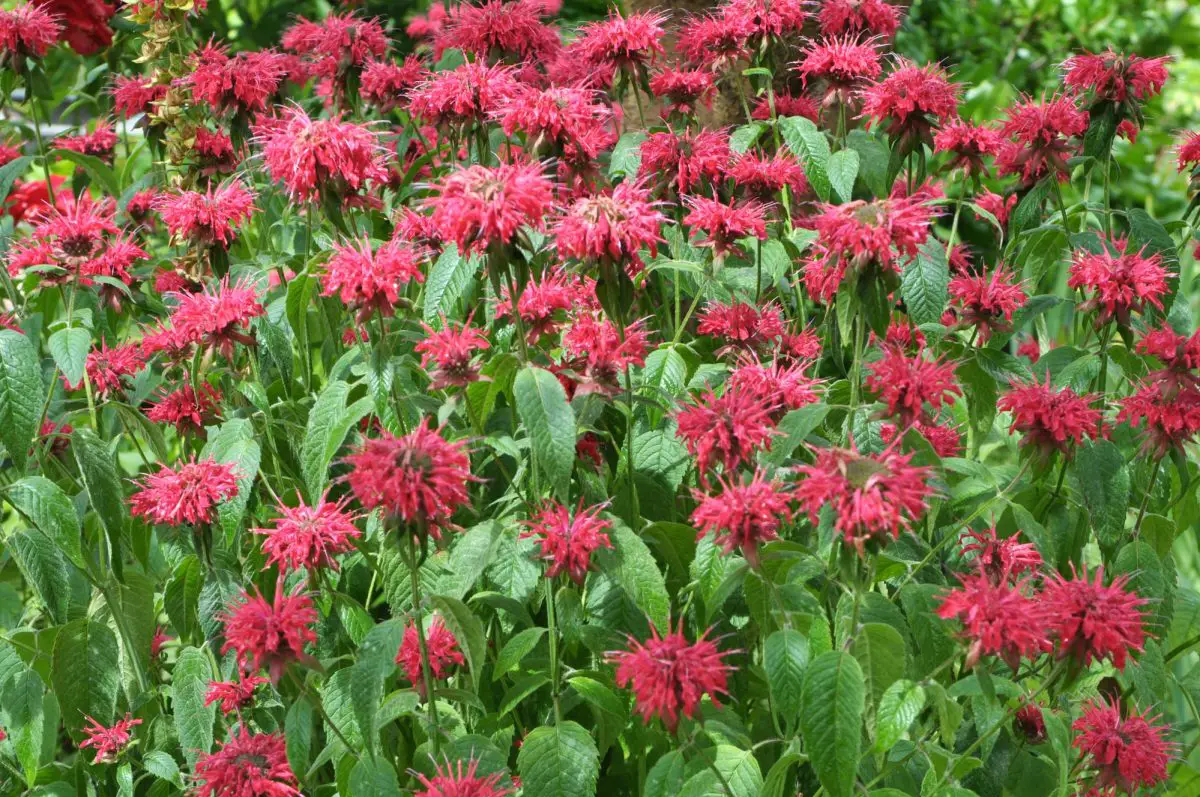
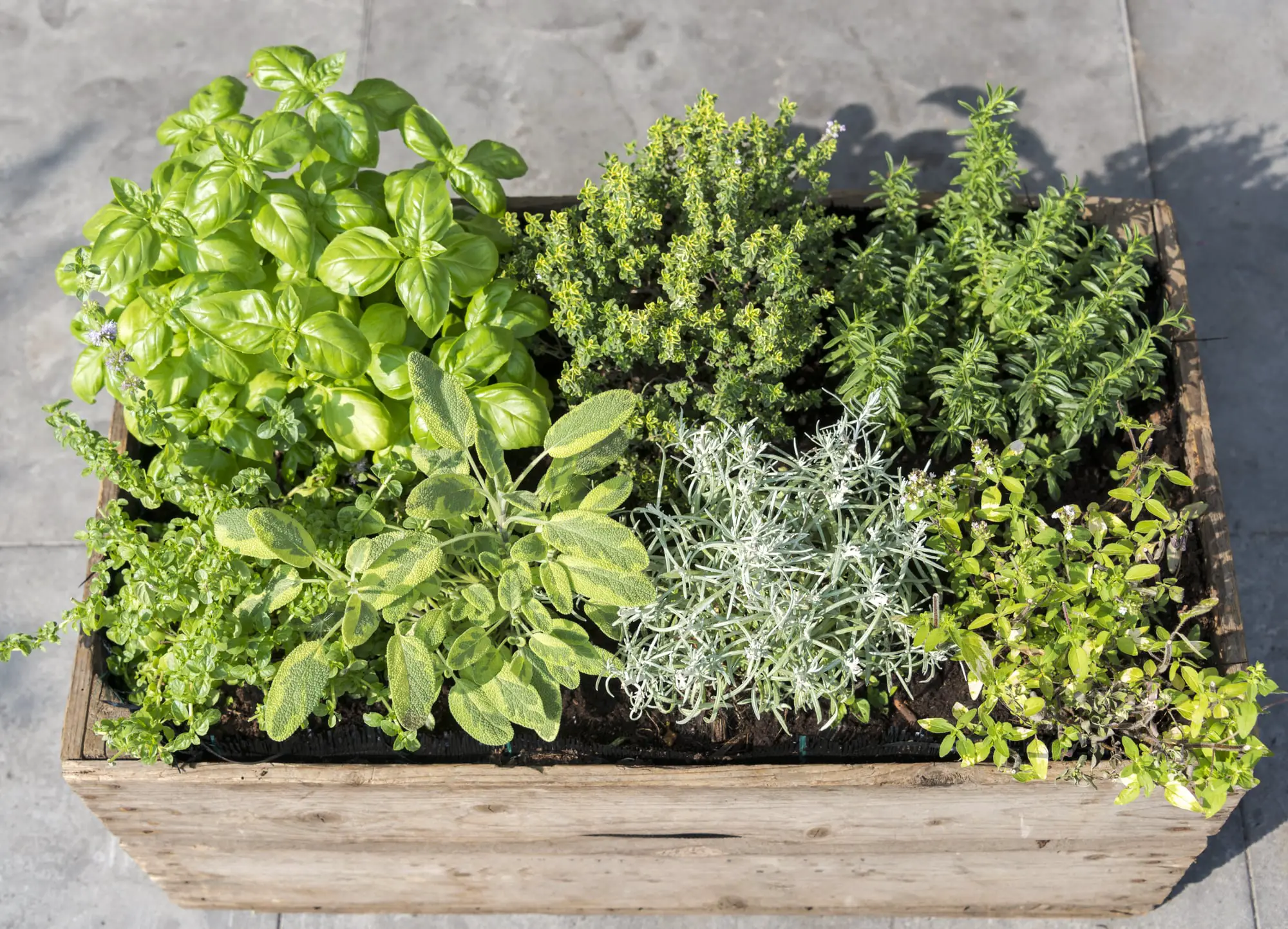
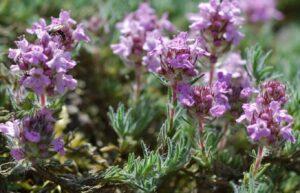
Start a new Thread